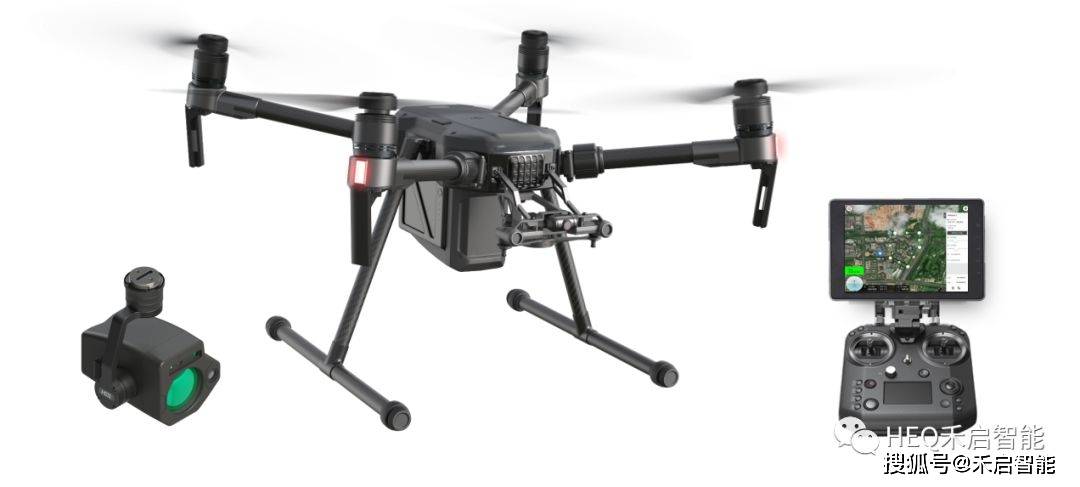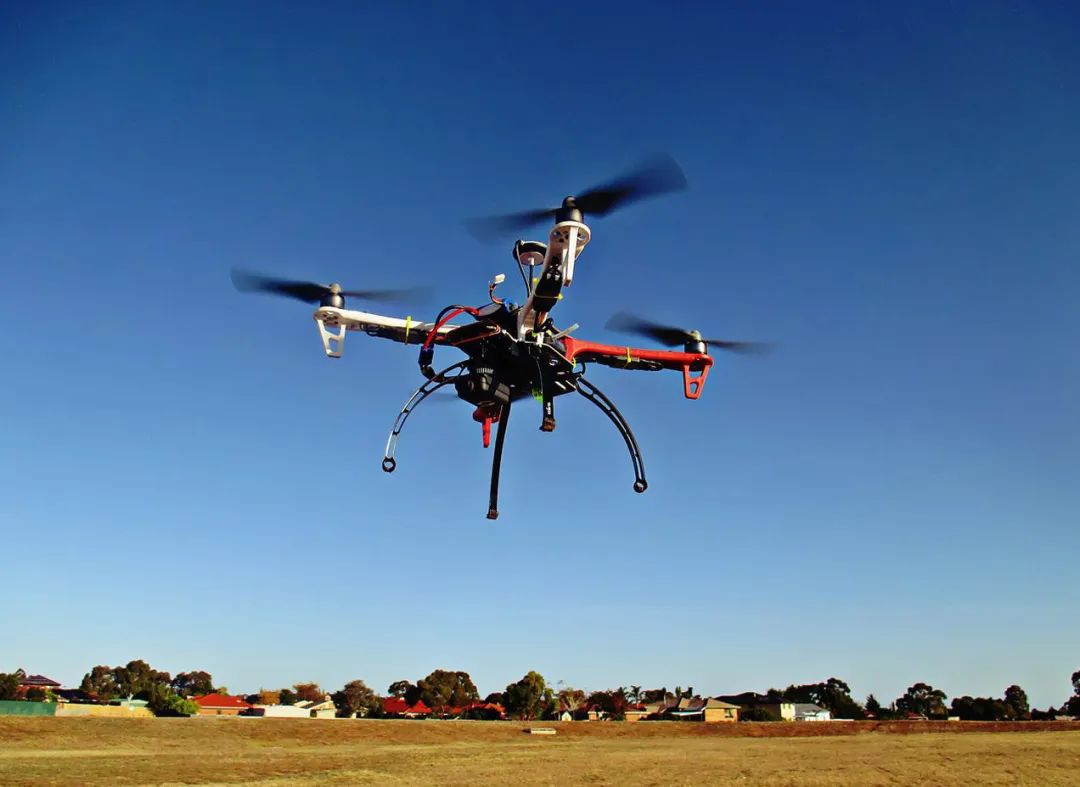The advancement of technology has reached new heights, literally, with the integration of high-purity germanium (HPGE) technology into drones. These cutting-edge aerial devices are revolutionizing the way we conduct aerial surveys, offering unprecedented precision and efficiency in data collection. HPGE drones are equipped with sophisticated detection systems that make them ideal for a myriad of applications ranging from environmental monitoring to geological surveying.
The Power of HPGE Drones
 HPGE, known for its unparalleled sensitivity and resolution in radiation detection, enhances drones’ ability to capture detailed aerial data. This technology is pivotal in applications such as radiation mapping, mineral exploration, and environmental studies. By deploying HPGE drones, researchers can achieve high accuracy in detecting gamma rays even in challenging terrains, providing clearer insights into survey areas.
HPGE, known for its unparalleled sensitivity and resolution in radiation detection, enhances drones’ ability to capture detailed aerial data. This technology is pivotal in applications such as radiation mapping, mineral exploration, and environmental studies. By deploying HPGE drones, researchers can achieve high accuracy in detecting gamma rays even in challenging terrains, providing clearer insights into survey areas.
Applications and Benefits
Environmental conservationists use HPGE drones to monitor radiation levels in areas affected by nuclear activities, while geologists find them invaluable in mapping mineral deposits with great precision. The drones’ capability to quickly access remote and difficult-to-navigate locations without human intervention reduces risks and saves time, leading to cost-effective operations. Furthermore, their compact and mobile nature means HPGE drones can be transported and deployed with ease, enhancing operational flexibility.
Precision and EfficiencyThese drones provide high-resolution data, critical for detailed analysis. The integration of GPS and advanced imaging technology allows for comprehensive surveys that can be conducted in real time. Such precision ensures data reliability, which is crucial for informed decision-making in sectors reliant on accurate geological data.
Real World Impact
As the demand for efficient environmental monitoring and resource management grows, the role of HPGE drones becomes increasingly significant. Their ability to provide data that directly impacts policy formulation and resource exploitation strategies is profound. By utilizing this technology, industries can optimize resource use, reduce environmental footprint, and foster sustainable practices.
User-Friendly InterfaceModern HPGE drone systems come with intuitive controls that make them accessible even to operators with minimal technical expertise. This user-friendly approach eases field operations, allowing professionals to focus on data analysis rather than piloting concerns.
Frequently Asked Questions
- What types of surveys are commonly conducted using HPGE drones?
HPGE drones are primarily used for radiation mapping, geological surveys, environmental monitoring, and mineral exploration. - Are HPGE drones suitable for urban areas?
Yes, they can efficiently operate in urban settings, although regulations on drone usage may apply. - How do HPGE drones contribute to environmental protection?
By providing accurate radiation levels and geological data, HPGE drones aid in assessing environmental risks and implementing mitigation strategies.
